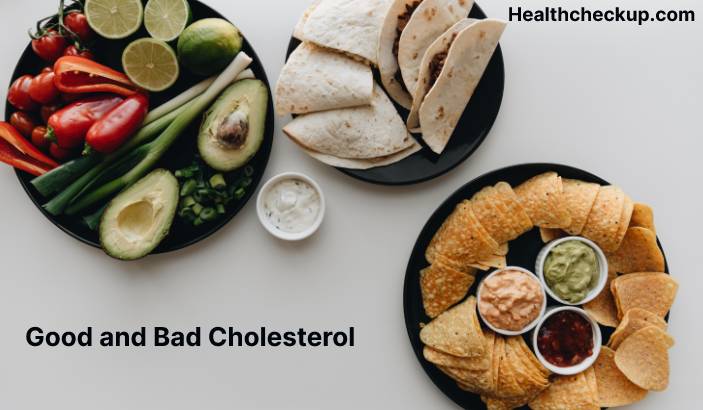Cholesterol is a type of fat found in the blood that plays a vital role in the body’s functions. However, high levels of cholesterol can increase the risk of heart disease and stroke. Understanding the difference between good and bad cholesterol, and maintaining healthy levels of both, is an important aspect of overall health and wellness.
There are two main types of cholesterol: high-density lipoprotein (HDL) and low-density lipoprotein (LDL). HDL, also known as “good” cholesterol, helps to remove excess cholesterol from the body and lowers the risk of heart disease. LDL, or “bad” cholesterol, can build up in the walls of the arteries and increase the risk of heart disease.
A cholesterol test, also known as a lipid panel or lipid profile, measures the levels of HDL, LDL, and total cholesterol in the blood. The test is usually done after a period of fasting, typically at least nine hours, in order to get the most accurate results.
So, what is the difference between good and bad cholesterol? Here is a closer look at each type:
- HDL cholesterol: HDL cholesterol is considered “good” cholesterol because it helps to remove excess cholesterol from the body. It does this by carrying cholesterol from the arteries to the liver, where it can be broken down and eliminated. High levels of HDL cholesterol are associated with a lower risk of heart disease. The American Heart Association recommends an HDL cholesterol level of 60 mg/dL or higher as protective against heart disease.
- LDL cholesterol: LDL cholesterol is considered “bad” cholesterol because it can build up in the walls of the arteries and increase the risk of heart disease. When LDL cholesterol levels are too high, it can lead to the formation of plaque in the arteries, which can narrow or block the flow of blood to the heart and other organs. The American Heart Association recommends an LDL cholesterol level of less than 100 mg/dL as optimal. Levels between 100-129 mg/dL are considered near optimal, 130-159 mg/dL are considered borderline high, 160-189 mg/dL are considered high, and 190 mg/dL or higher are considered very high.
There are several factors that can affect cholesterol levels, including diet, physical activity, weight, age, and genetics. To maintain healthy cholesterol levels, it is important to:
- Eat a healthy diet that is low in saturated and trans fats and high in fruits, vegetables, and whole grains
- Exercise regularly
- Avoid tobacco use
- Maintain a healthy weight
- Limit alcohol consumption
Diet can play a significant role in cholesterol levels. Saturated fats, found in foods like red meat, butter, and cheese, can increase LDL cholesterol levels. Trans fats, found in fried foods, baked goods, and snack foods, can also increase LDL cholesterol and decrease HDL cholesterol. On the other hand, foods that are high in soluble fiber, such as oats, beans, and vegetables, can help to lower LDL cholesterol.









